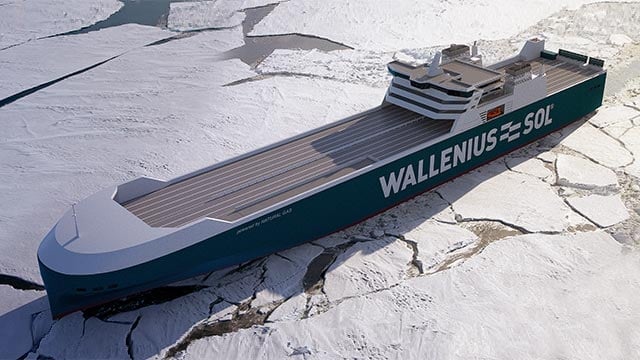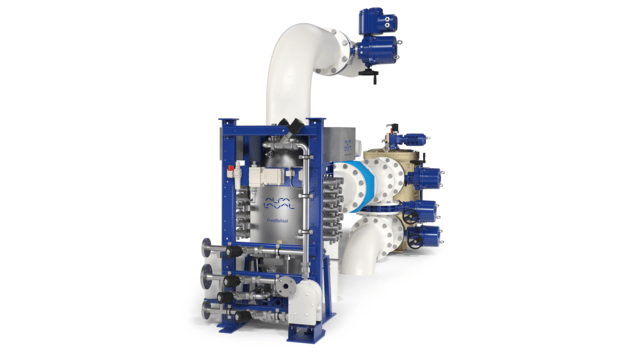PureBallast 3
Alfa Laval PureBallast 3 is an automated inline ballast water management system for biological disinfection of ballast water. Operating without chemicals, it combines initial filtration with UV treatment to remove organisms in accordance with stipulated limits.
Get total solutions in ballast water management
- Superior performance in any waters – and challenging conditions
- Minimized power consumption
- Easy installation with minimized footprint
- Delivered Connectivity-ready
- Designed and supported for the whole vessel lifetime
PureBallast 3 treats ballast water without chemicals, combining high-performance filtration with enhanced UV treatment. In the UV reactor(s), specially designed synthetic quartz lamp sleeves transmit an extended wavelength spectrum that provides more UV light. Together with the internal reactor design, this ensures optimal UV dosage with very low energy consumption. An expanded range of reactor sizes further reduces power needs in specific configurations.
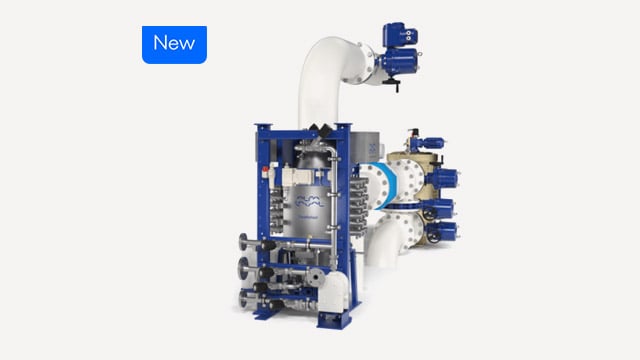
PureBallast 3 Ultra
PureBallast 3 Ultra offers unmatched biological disinfection performance in any type of water: fresh, brackish or marine. An expanded range of UV reactor sizes ensures a close match between PureBallast 3 Ultra and the ballast pump capacity. For certain flows, this reduces power needs by up to 19% over previous systems. System layout is simplified by the smaller design of the upgraded filter, as well by the integration of the Cleaning-In-Place (CIP) unit and pressure monitoring device into the UV reactor module.
PureBallast 3 Ultra is available for delivery from Q3, 2025
Ballast water flows of 42–3000 m3/h
Option: ATEX and IECEX. Zone 1, IIC and T4 with power supply placed in safe zone)
Our portfolio for deliveries before Q3, 2025
 PureBallast 3 Compact
PureBallast 3 Compact
is a skid-mounted solution for smaller ballast water flows. Installation is easy due to the small footprint and minimized pipework.
Ballast flow 32-300 m3/h
- Skid-mounted, plug-and-play module
- Flexible placed electrical cabinet
 PureBallast 3 Compact Flex
PureBallast 3 Compact Flex
is the ideal choice for most vessels. Delivered as loose components, it maximizes space savings and installation flexibility
Ballast flow 32-1000 m3/h
- Complete installation freedom
- Minimized system footprint
 PureBallast 3 Std
PureBallast 3 Std
Provides widest range of reactor configurations and technical opportunities on vessels with non-hazardous environments.
Ballast flow 500-3000 m3/h
- Maximum range of operation and component placement
- Up to 6000 m3/h with dual system
 PureBallast 3 Ex
PureBallast 3 Ex
gives vessels with explosive environments redundant safety features and high flexibility. The power supply can be placed outside the hazardous zone.
Ballast flow 250-3000 m3/h
- ATEX and IECEX. Zone 1, IIC and T4
- Up to 6000 m3/h with dual system
- American Bureau of Shipping (ABS)
- Bureau Veritas (BV)
- China Classification Society (CCS)
- Korean Register of Shipping (KR)
- Lloyd’s Register (LR)
- Polish Register of Shipping (PRS)
- Registro Italiano Navale (RINA)
- Russian Maritime Register of Shipping (RMRS)
- Vietnam Register (VR)
* PureBallast 3 Ultra uses the same treatment technology as type-approved PureBallast 3 systems. Updated type approvals are in progress due to the new configurations.
Introducing the PureBallast 3 Ultra
Watch the video to discover the benefits of PureBallast 3 Ultra.
Clear benefits for UV performance with Cleaning-in-Place
UV ballast water management systems are chemical-free and pose no risk to the ballast water tanks. However, they depend on regular cleaning to remove seawater scaling and fouling from the UV lamp sleeves and sensors. In PureBallast 3, cleaning is done through gentle, automated Cleaning-In-Place (CIP).
Alfa Laval Marine Service
Worldwide, 24 hours a day, 7 days a week, Alfa Laval Marine Service is your path to increased uptime, optimised performance and true peace of mind. Our network is always available and our service offering provides reliability, efficiency and compliance for the lifetime of your equipment.
PureBallast Connect
Drive operations forward by leveraging system data. Alfa Laval PureBallast Connect is a secure digital service portal that brings you information from your Alfa Laval PureBallast systems – anytime, anywhere. With remote access to ballast water management system (BWMS) data, you can maximize uptime, reduce workload, and optimize across your fleet. The portal supports faster and deeper collaboration, both across your organization and with Alfa Laval.
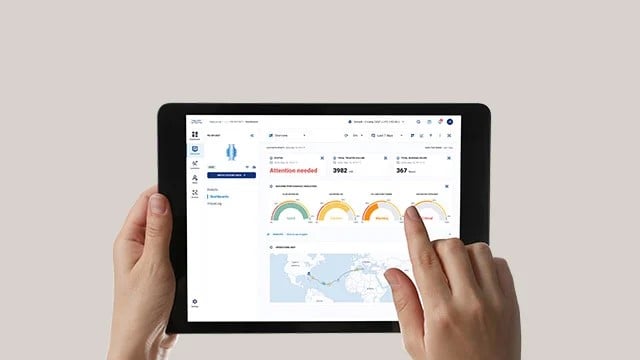
PureBallast Compliance Service Package
One package with all that you need. The PureBallast Compliance Service Package is a complete service solution. For one minimal fee, you get everything you need to be certain of compliance. Together, the components of the PureBallast Compliance Service Package ensure healthy operations and peace of mind – with a predictable preventive maintenance cost.
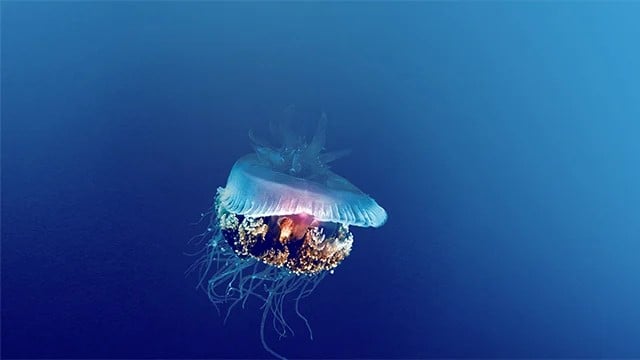
Compliance depends on crew knowledge
Training is a prerequisite for optimizing the performance of your equipment and safeguarding your investment. In the case of your ballast water treatment system, it also safeguards your compliance. Having the right ballast water treatment system is only one part of securing compliance. The crew must also be able to use it – safely, correctly and efficiently.
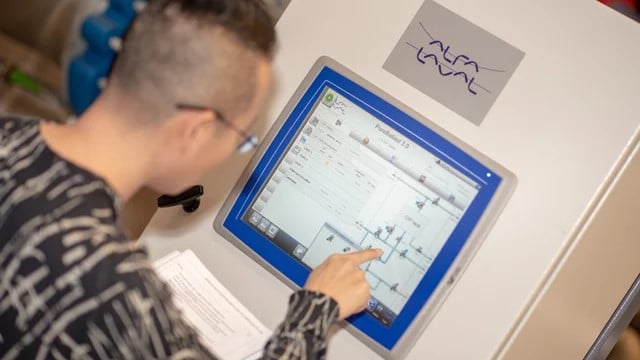
Satisfied customers in PureBallast compliance
PureBallast 3 systems enter Briese Group’s fleet
Briese Group, Germany provides custom marine transport solutions to a wide range of customers. Having selected Alfa Laval PureBallast 3 for roughly 100 vessels, they feel secure in Alfa Laval’s expertise and flexibility – which proved valuable during first installations at the height of the COVID-19 pandemic.
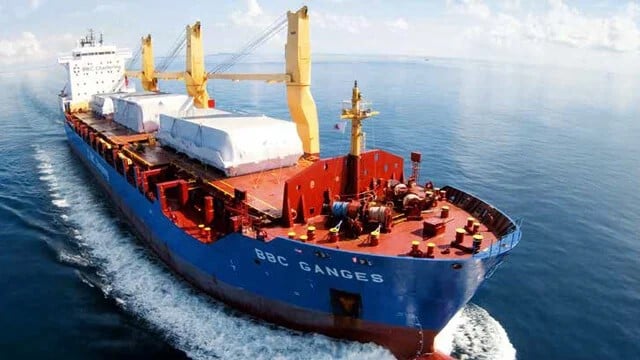
Star Bulk to install PureBallast 3 bulker-fit configurations
Six of Star Bulk’s bulkers have already been retrofitted with Alfa Laval PureBallast 3 systems for ballast water treatment. Pursuant to a new agreement entered into with Alfa Laval, PureBallast 3 systems with bulker-fit configurations will now be retrofitted on 37 other Star Bulk vessels.
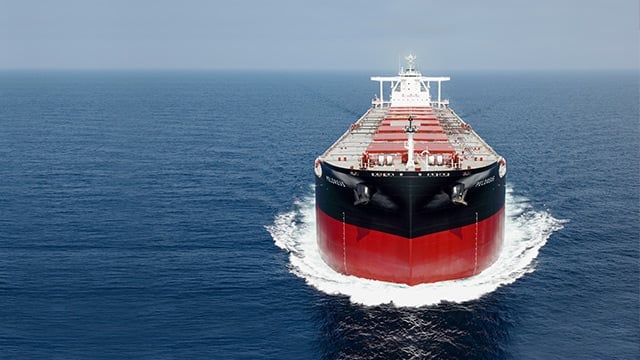
PureBallast 3 on ice-classed LNG RoRos for WALLENIUS SOL
WALLENIUS SOL is establishing an open cargo liner service for industries around the northern Baltic Sea. The company’s unique new LNG-fuelled Mega RoRo vessels – which will have ice class 1A Super – will use PureBallast 3 for ballast water treatment. In time, so will the rest of the fleet.
